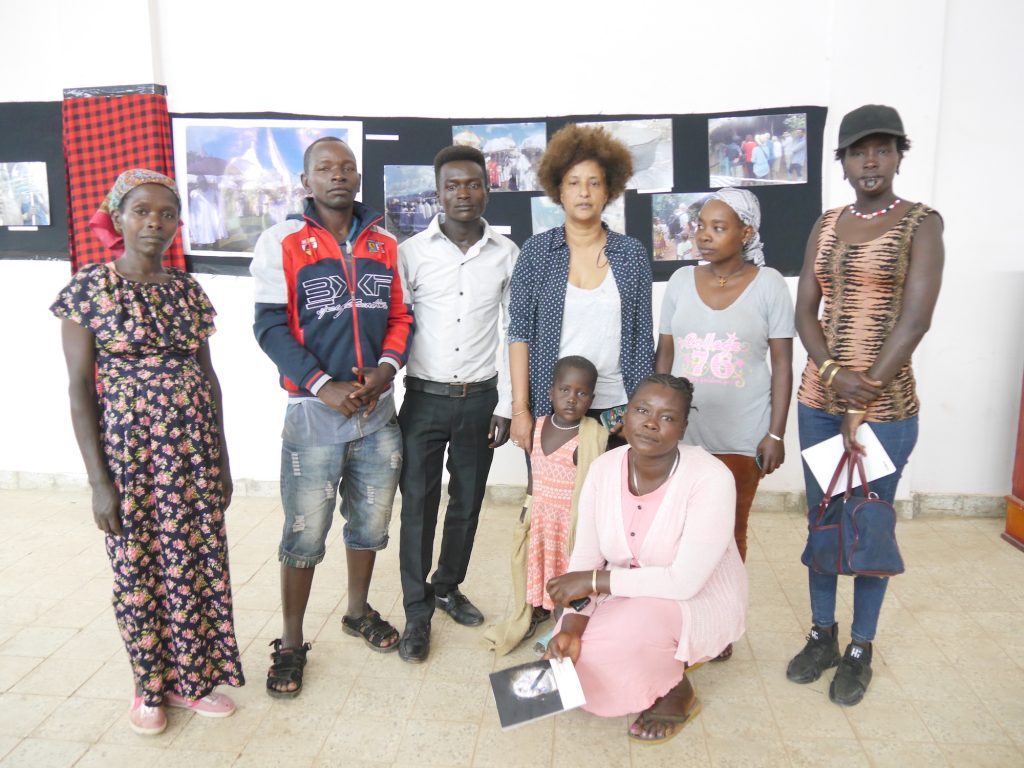インド指定部族の社会移動への意識とその実践/タミル・ナードゥ州指定部族パニヤーンを事例に
対象とする問題の概要 これまでインド政府は貧困問題を解決するために様々な政策を実施してきた。その成果はある程度認められるものの、依然として多くの貧困層を抱えており、貧困削減はインド社会において重大な社会問題として位置づけられている。なかで…

As part of a follow-up of a comparative case study to assess the significance of cultural tourism on the livelihood of local people at destinations, I conducted fieldwork from 31 July to 30 September 2019. Fieldwork has been taking place since 2017 in South Ari woreda (a peri-urban village) and in Salamago woreda (Mursi villages in the Lower Omo Valley of Southwestern Ethiopia).
During this research period, the plan was to carry out three main tasks. The first task was to consolidate the outcome of the research undertaken so far. The second task was to undertake a quantitative subjective wellbeing/quality of life survey on the perception of local people engaged in cultural tourism in the two research sites, based on a Likert-scale questionnaire survey. The third task was to hold an exhibition to display a participatory photo and video footage done by the research participants using Visual Research Methodology (VRM).
The objective of this research was to assess the significance of cultural tourism on the livelihood of the local people from their perspective.

1. One of the areas of focus of the research was to identify what drives local people to choose their livelihood strategies, in this case, cultural tourism as a diversification strategy. So far, one main factor that the local people reported at both research sites indicates that their livelihood vulnerabilities drive them to opt for alternative opportunities to earn cash in order to close the gap. In both cases, vulnerability factors are from external shocks (such as rainfall vulnerability) that expose local people to drought and pest infestation, as well as internal stressors that are related to pre-existing socio-economic stressors (Chambers, 1989). As a result, it was found that much of the cash earned from cultural tourism at both sites is spent on foodstuffs. In Mursi, which is an agro-pastoral community, 57% of the 37 people interviewed said that they used the cash they earned from tourism to purchase grain and 27% said they used it for medical purposes. In the peri-urban South Ari village interviews with all households engaged in a local cultural tourism initiative (11 households), 90% said they used the cash earned from cultural tourism to buy foodstuffs.
2. As planned, 100 respondents from both research sites participated in a Likert-scale survey to find out the perceptions of the local people on subjective wellbeing (quality of life) in order to determine the effect of cultural tourism on the local people’s wellbeing. Thirteen questionnaires were categorised into four life-satisfaction domains based on Cummings’ (1997) life satisfaction categories: Material Wellbeing, Community Wellbeing, Emotional Wellbeing, and Health and Safety Wellbeing.
Results: The responses were based on a five-point scale (1 to 5) as follows: (1) Very Dissatisfied, (2) Dissatisfied, (3) Medium, (4) Satisfied, and (5) Very Satisfied. The respondents from the peri-urban village in South Ari woreda showed an average of overall life satisfaction of 2.9, compared to an average of 4.1 in Mursi. This means that the local people in the peri-urban South Ari village indicated less satisfaction (within the range of ‘dissatisfied’), and the local people in Mursiland indicated satisfaction (within the range of ‘satisfied’). Between categories, the village in South Ari revealed the lowest satisfaction, with an average of 2.2 under ‘material wellbeing’, which comprises basic needs (food, shelter, and clothing) satisfaction, as well as the satisfaction with income received from tourism. Similarly, for Mursi, the lowest satisfaction was on their material wellbeing, but with an average of 3.9. This result is consistent with the interviews, where local people revealed that due to the vulnerability in their livelihood, cash from tourism was a means to close the gap. Moreover, they could not ignore the amount received, albeit meagre, as it helped them to meet their daily needs.
3. Nine photographers from both research sites exhibited the result of their participatory photo and video footage based on VRM. The exhibition ‘Through the Eyes Gazed’ took place at Jinka University on 30 August 2019. Only three photographers attended because of the security in Mursi, and 73 people from relevant governmental bodies and institutions, such as the Zonal Administration, the staff of the Zonal Tourism Office, University staff, and the local guide association, attended the event. A photo book was also prepared.
The next step will be to work on my final thesis based on the data gathered so far.
【1】Chambers, R. and Conway, G. 1992. Sustainable rural livelihoods: practical concepts for the 21st century. IDS discussion paper, 296. Brighton: IDS.
【2】Cummins, R. A. 1997. The domain of life satisfaction: an attempt to order chaos. Social Indicator Research, 38, 303-328
Copyright © 附属次世代型アジア・アフリカ教育研究センター All Rights Reserved.